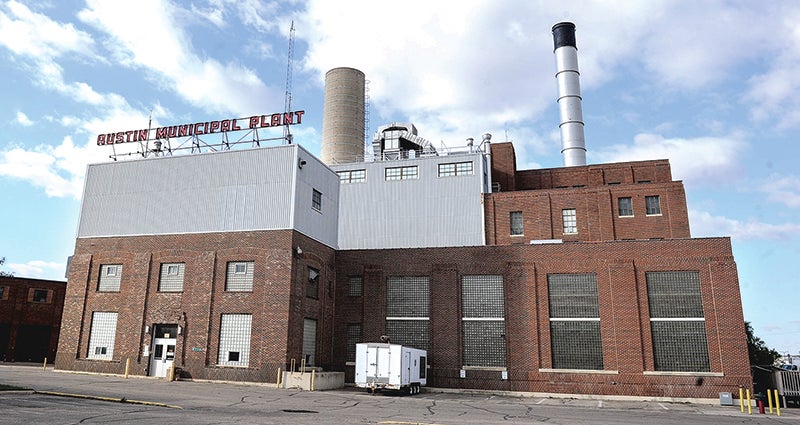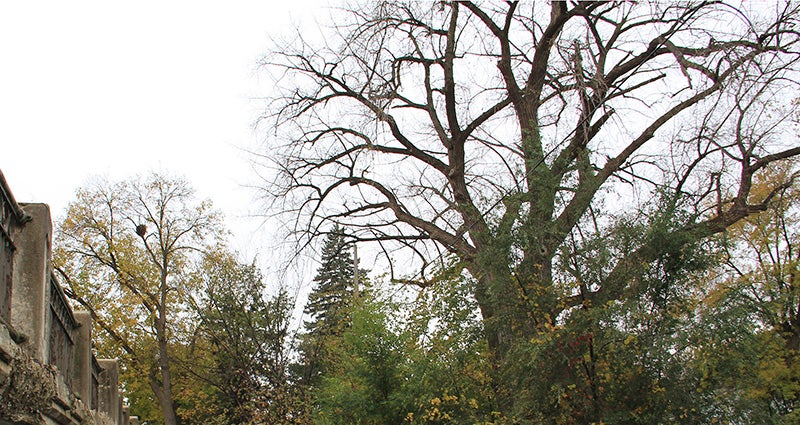Funding under the bridge; Board warned not to expect much state money to fix deficient bridges
Published 10:34 am Wednesday, August 12, 2015
As Mower County leaders ponder how to replace the 34 deficient township bridges in the county, Public Works Director Mike Hanson warned not to expect much funding from the state.
“If the county board wants to fund those bridges, you’re probably going to be looking at local money unless something changes at the Legislature or the funding scenarios change,” Hanson said.
Hanson updated the board of commissioners during Tuesday’s meeting on the total 59 bridges deemed structurally deficient in Mower County — 34 township bridges and 25 county bridges — and the growing challenges of paying for repairs and replacements.
Though the number of deficient bridges in Mower County has dropped from about 140 in 1998, the process hasn’t gotten any easier.
In his 17 years as public works director, Hanson said it’s been gradually harder to fund local projects as rules have morphed and more communities and groups compete for state funding sources.
“Money has become scarce,” Hanson said. “Anytime there are funds out there for transportation now, people are fighting for them.”
Hanson focused mostly on the 34 deficient township bridges and the roughly $4.6 million it would take to replace them when addressing the board Tuesday. Township bridges cost about $128,000-$130,000 to replace.
Hanson and his office keep a sheet tracking the condition of the township brides, road traffic, replacement costs, detour length, bridge age and other key factors to rank the bridges and gauge which would be most important to replace first.
Many of the bridges deemed deficient date to about 1917 to 1930, and many are narrow by today’s standards, especially for farmers. Several of the aged bridges are about 18-22 feet wide, while 28 feet is the minimum standard for bridges today.
Some at the state level have argued against funding township bridges, since the daily traffic is low comparable to city roads and highways. Hanson said Minnesota Department of Transportation estimates show daily traffic of a few cars to 50 cars a day on the township bridges, but they’re vital for farmers and the ag community, according to Hanson.
“Being that we’re a farm economy, all these bridges — or at least most of them — are critical to our continued economic vitality,” Hanson said.
Being labeled deficient doesn’t mean the bridge is dangerous or necessarily deteriorating. The bridge could be aged or have a structural defect requiring attention to cause the designation.
Hanson told the board it would take about $15 million to replace the 25 deficient county bridges. Public Works has worked to get bonding funds for bridges, especially the Oakland Avenue bridge on the south side of East Side Lake. Hanson could have gotten $1 million to replace the bridge a few years ago, but he said that wouldn’t be enough for the project that could top $2.2 million.
“I can’t make that project move ahead unless we have $2 million bonding,” Hanson told the board.
While Hanson said the county is unlikely to get bridge money in traditional ways, there are means to land more bridge funds. Freeborn County is currently discussing a half-cent sales tax that would be used for specific road projects. County Coordinator Craig Oscarson estimated it could net more than $1million a year, money that Hanson said would be quickly used up.
“You have enough projects on county bridges right now — not townships — to run a sales tax for 10 years without doing anything to the roads,” Hanson said.
Oscarson pointed out the half-cent sales tax is a double-edged sword. Traditionally much of the road funding money would come from the gas tax or other state revenue sources. A half-cent sales tax would essentially surpass funding shortfalls at the state, but county leaders fear it could send a message to the state that it can continue putting off the problem.
The board has voiced frustration about the state’s failure to address shortfalls in road funding during the 2015 Legislative session. Commissioner Jerry Reinartz and Tim Gabrielson voiced their displeasure in June over the standoff between Republicans and Democrats over the $2 billion surplus and new taxes, and Reinartz said there’s no excuse for needing a special session when the state has a surplus.
“They did not get the job done,” Reinartz said at a June meeting.
Many area counties have approved half-cent sales taxes, and while Reinartz was unhappy with the state’s funding shortfalls, he understands why they’re approving the new tax.
“When you consider the mammoth amount of money it takes to maintain these roads and bridges, I’m not surprised most of these counties are going to it, because we aren’t getting any help from the state and federal government,” Reinartz said.
Oscarson told the board it should still push the state to address transportation funding concerns. However, he noted the other counties approving a half-cent sales tax may already be sending that message to the state.
“A lot of counties are at wits end saying enough’s enough, we have to do something for our citizens,” Oscarson said.
In 2013, the state approved a wheelage tax and a half-cent sales tax as options for counties to fund local road and bridge projects. In June of 2013, the Mower board approved a $10 wheelage tax, which is paid when drivers renew licenses. That was estimated to bring in $357,000 a year.
The wheelage tax brings in about $300,000 a year, and Hanson said it’s funded some maintenance but hasn’t done much in terms of funding costly construction projects.
Federal dollars account for a small amount of local road and bridge dollars, as federal dollars are split amidst the 11-county Sixth District.
“We see very little of that,” Hanson said of the federal dollars.
Thanks to a state law passed Feb. 12, 1885, and other agreements, Mower County is responsible for repairs on all bridges in the county, including township bridges and city bridges, which includes Austin and all small towns.
Hanson estimated about 150 bridges have been replaced since he started in 1998.




